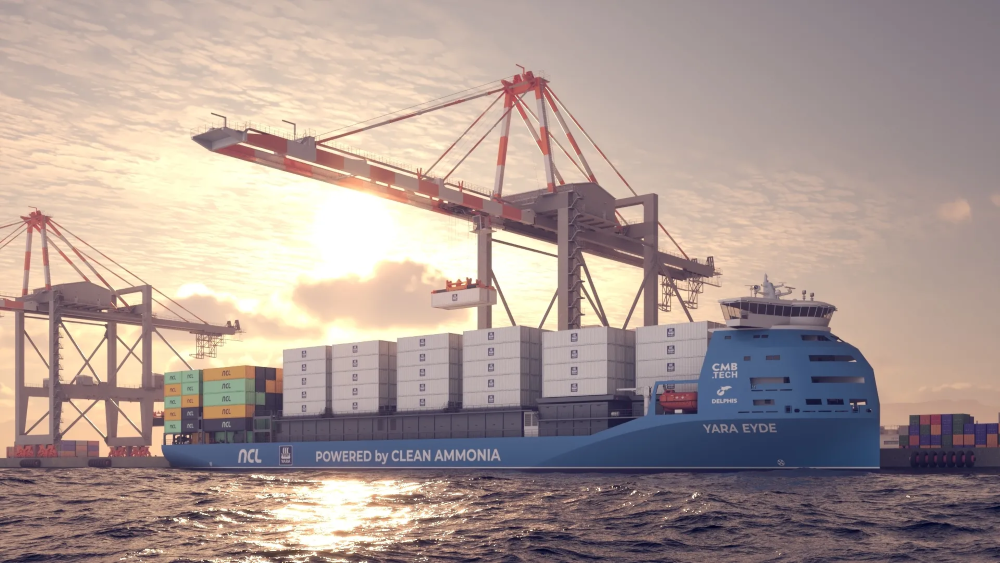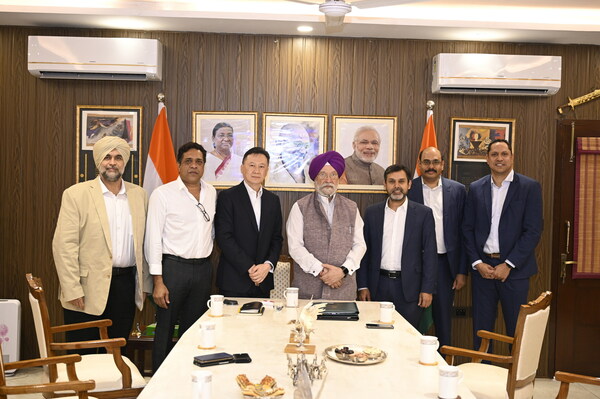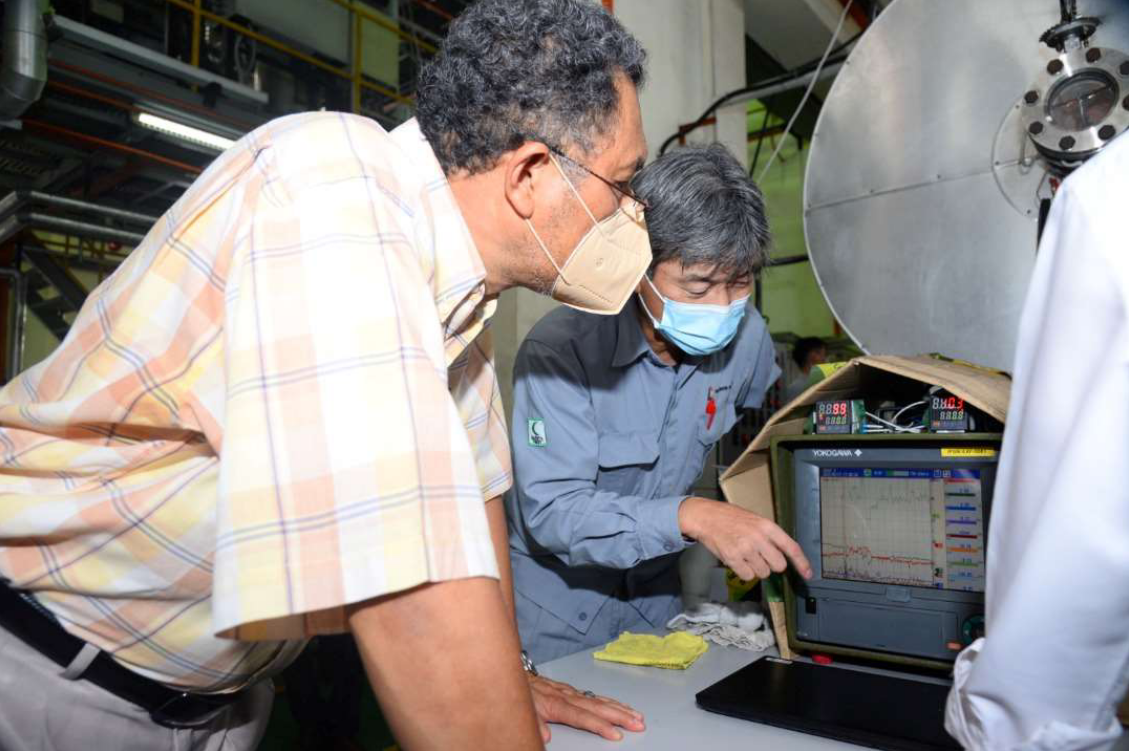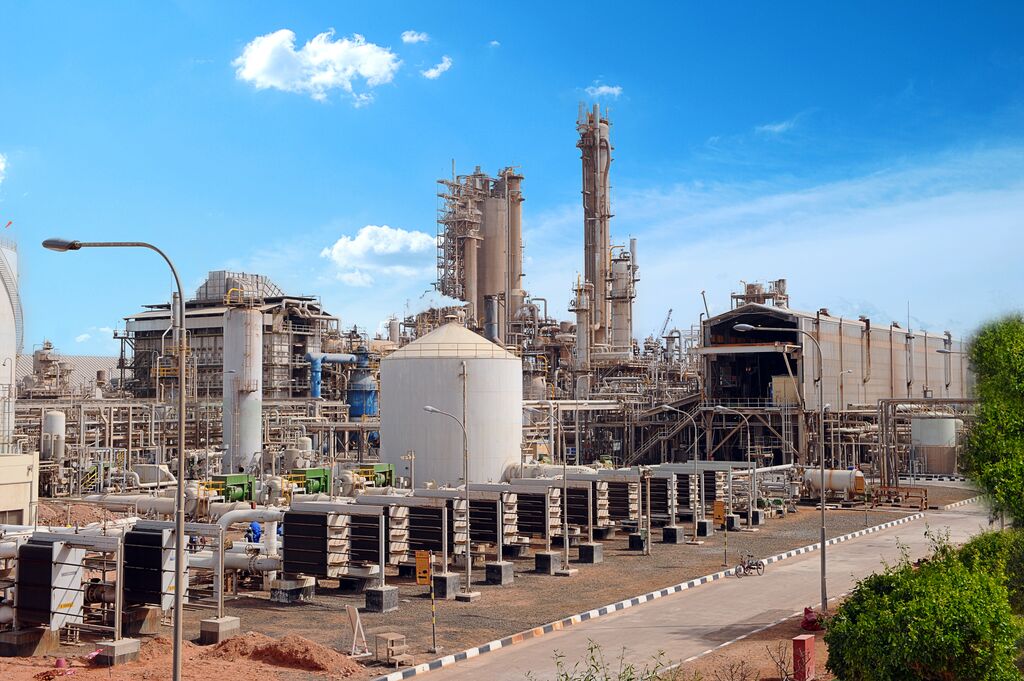WinGD’s X‑DF‑A dual-fuel engines have been ordered by Singapore-based shipping giant AET for deployment onboard new Aframax tankers, being built in China. Fishing vessels operators Vardin and Framherji have ordered Wärtsilä 25 engines for a series of three fishing trawlers that will operate in the Faroe Islands. In construction news, CMB.TECH will build the Yara Eyde vessel for Yara and North Sea Container Line in China, with vessel delivery scheduled for mid-2026.
Content Related to Petronas
Article
Gentari, GIC, Greenko to develop multi-million tonne production capacity in India
Julian Atchison November 07, 2023
A new partnership between the trio aims to produce 5 million tonnes of renewable ammonia per year at multiple locations across India. Round-the-clock renewable energy from the Indian grid will be utilised, as well as electrolysers manufactured via a separate tie-up between Greenko and John Cockerill.
Article
Ammonia combustion for power generation: updates from Korea, Malaysia and Singapore
Julian Atchison September 06, 2022
Joint venture SK Plug Hyverse has agreed to deploy its Korean-manufactured PEM electrolysers overseas, and then supply Korea South-East Power (KOEN) with renewable hydrogen & ammonia imports for co-firing at natural gas and coal power plants. In Malaysia, power utility Tenaga Nasional Bhd, IHI Power Systems and Petronas announced they have successfully conducted 60% ammonia co-combustion trials. And in Singapore, Jurong Port, Mitsubishi Heavy Industries and JERA will conduct a joint study on Jurong Island, where a 60MW, combined-cycle gas turbine will be fueled by 100% ammonia to produce zero-carbon electricity.
Article
Itochu to buy and produce blue ammonia
Julian Atchison August 05, 2021
Itochu will purchase blue ammonia from Abu Dhabi, under a new agreement with OCI NV and ADNOC. Itochu will also team up with Petronas Canada (subsidiary of the Malaysian state energy company) will team up for a feasibility study into a 1 million tonne per year blue ammonia production plant in Alberta.
Article
Japan's Road Map for Fuel Ammonia
Trevor Brown February 25, 2021
This month, the Japanese Ministry for Economy, Trade, and Industry (METI) began promoting an updated Road Map for Fuel Ammonia, focused on the use of ammonia in thermal power plants and as a shipping fuel. By 2030, Japan expects to import 3 million tons of clean ammonia, with demand rising to 30 million tons by 2050. To secure these volumes, Japanese companies are now making investments up and down the supply chain. These are ambitious numbers, matching Japan’s recent commitment to reach net-zero emissions, but still they miss the big picture. The broader economic opportunity arrives when Japanese companies export their fuel ammonia technologies, decarbonizing coal-fired power plants across Asia, and then supply the fuel to these newly sustainable shipping and electricity sectors. By 2050, the METI Road Map expects Japanese trading companies to supply the wider region with 100 million tons per year of clean ammonia.




